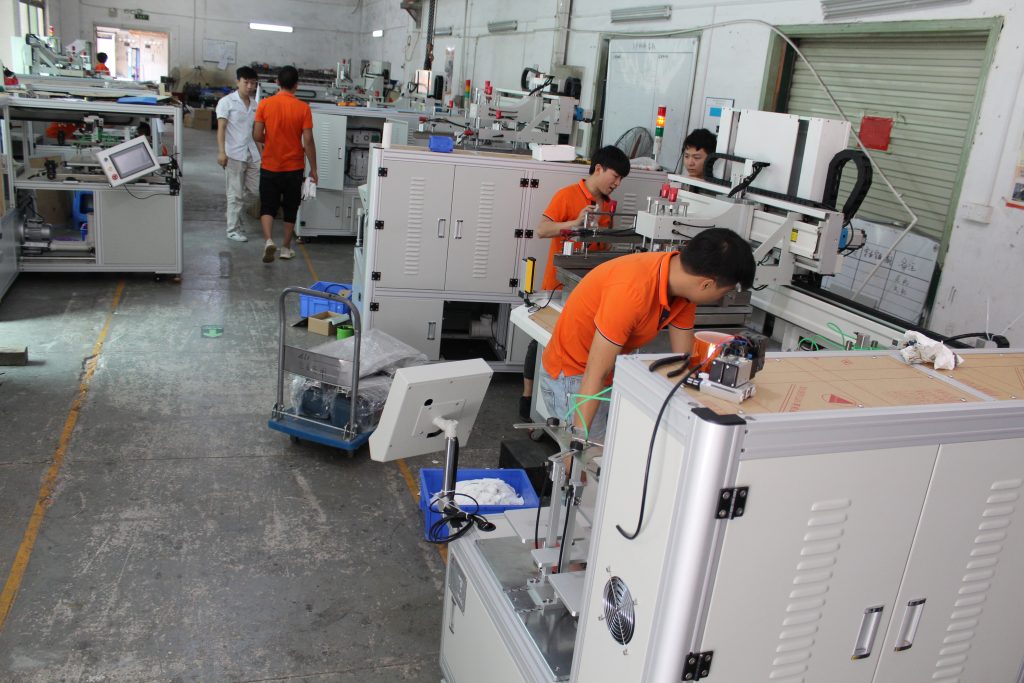Princípio de funcionamento da serigrafia
Princípio de funcionamento da serigrafia

Screen printing consists of five major elements, namely screen printing plate, squeegee, ink, printing table and substrate.
The basic principle of screen printing is to use the basic principle that the graphic part of the screen printing plate is permeable to ink, and the non-graphic part is impermeable to ink. When printing, pour ink on one end of the screen printing plate, use the squeegee to apply a certain amount of pressure on the ink part of the screen printing plate, and at the same time, move towards the other end of the screen printing plate. The ink is squeezed by the scraper from the mesh of the graphic part onto the substrate during movement. Due to the viscosity of the ink, the imprint is fixed within a certain range. During the printing process, the scraper is always in line contact with the screen printing plate and the substrate. The contact line moves with the movement of the scraper. Since the screen printing plate and substrate A certain gap is maintained between them, so that the screen printing plate during printing generates a reaction force on the scraper through its own tension. This reaction force is called rebound force. Due to the effect of resilience, the screen printing plate and the substrate are only in moving line contact, while other parts of the screen printing plate are separated from the substrate. It causes the ink and screen to break apart, ensuring the printing dimensional accuracy and avoiding smearing of the substrate. When the scraper scrapes across the entire page and then lifts up, the screen printing plate also lifts up and gently scrapes the ink back to its original position. This is a printing process.
 Serigrafia
Serigrafia